Working in public schools with students that struggle was one of the greatest gifts and most difficult challenges in my life. They came to me at different ages, from various backgrounds, and with their unique circumstances, but they all had two things in common. The students wanted to fit in, and their parents ached for them to be “okay.” My job was to show the students and their parents that they could be great!
A handful of students came into the program eager to learn. Many were reluctant, and I get it. Working with me meant that we would spend about an hour on their least favorite subject, the one they struggled with the most. They couldn’t hide or skate by in our small group setting without me noticing. Most had low self-esteem, and they were anxious. They worried, “What will their peers and I think of them when we see that they can’t read or spell?”
Building rapport with struggling students wasn’t always easy. They often hid behind a shield for protection. Getting students to lower those shields was a delicate process. I always started by telling them about myself. I explained that when I was in school, I was excellent at Math, and that I loved going to Art. I told them how much fun it was to play school sports, club soccer, and soccer at the collegiate level. I even told them that I hated school, and that reading was hard for me. That truth bomb always caught them by surprise, and it always ignited a conversation.
Like a kneejerk reaction, the student’s jaw would drop, or their eyes would bulge or both. Did they hear me right? Did their teacher just say she hated school? Inevitably they would ask, “Then why did you become a teacher?” I’d keep the answer short and sweet by saying, “I became a teacher to help students that struggle like I did.” I left out the part about not feeling smart enough to pursue another profession, and how not teaching in the summer sounded like a pretty good gig. Hearing my response made the air in the room become a bit softer, the student’s posture appeared less tense, and for a moment there was a sense of mutual understanding.
Change in Plans
When you graduate college with a heaping pile of student debt, you are eager to get your first “real job.” As a first-year teacher in 2009, elementary teaching positions were hard to come by. Hundreds of teachers were applying for a handful of positions. Many candidates already had teaching experience and personal connections with the hiring schools. So, when my soon-to-be principal offered me a job as a first-grade teacher, I took it without hesitation! The excitement I felt was quickly replaced with panic. Learning to read and write was so hard for me. How in the world was I going to teach young children to read?
I wasn’t always so sure that I could help students like me. In fact, I hoped to avoid students like me by teaching high school math and coaching high school soccer. But if you’ve lived long enough, you know that life doesn’t always go according to your plans. College math became too difficult, and the thought of working with “big kids” was too scary. I decided to shift my focus to elementary education. My new plan was to find a job teaching third or fourth-grade math. The content would be easier than high school math, and I would still be taller than most of my students.
My lack of confidence wasn’t from a lack of quality education. I graduated from a prestigious four-year college with an excellent teaching program. I even had my master’s degree. The professors were more than qualified. They went above and beyond to support us, future educators. The literacy content was a different story. It reflected the Whole Language approach that many schools were using. The course work was rigorous and challenging, but it lacked information on explicitly and systematically teaching children to read. Years later, I would discover that this was true for many reputable teacher programs.
Dyslexia Training
I was fortunate enough to begin my career in a district that provided several professional development opportunities for teachers. I signed up for as many literacy trainings as possible, hoping that someone would teach me how to teach children to read. Instead, it was more of what I had been taught in college. We were trained on how to teach sight words and how to implement fluency drills. We discussed what comprehension questions to ask and how to use the Frayer model to teach vocabulary. They explained how to prompt kids to look at the picture, guess and check by looking at the first letter, use the context of the sentence, and ask students to find the little word in the big word. With the training I had, I was able to help many students reach grade-level expectations. But what about those students that didn’t reach end-of-year grade-level expectations? What about the children I poured into and stayed up late worrying about? Why weren’t these strategies and resources working for them?
The answer came as I underwent dyslexia training seven years later. You read that right. I taught first and second grade for seven years before I learned how to teach children to read effectively. I still remember walking into that frigid room with my cart full of enough teacher manuals and resources to stock a library. I strategically chose the front corner seat to decrease my chances of being called on by the instructor. I felt like an imposter. I remember thinking, “What if I can’t do this? What if I’m not smart enough to teach a dyslexic child how to read? If I get fired, I’ll pursue my second dream job – working at Hobby Lobby.” My spiraling thoughts were interrupted by the stern instructor calling for our attention.
During that week, intimidation turned into respect for both the program and the trainer. This tough, but knowledgeable person taught me everything that I had wanted to know about reading and spelling and much more. I learned about the history of the English language and how literacy education has evolved. I learned about the power of multisensory teaching and the necessity of an explicit, systematic curriculum. She taught us about state laws regarding dyslexia and how to advocate for our kids. This experience didn’t just change my approach to teaching reading; it changed my life.
Dyslexia Intervention
I think about my first group of dyslexic students all the time. I had all the passion for teaching the program, but incorporating the multitude of materials and navigating the intricate lessons wasn’t easy. My students and I learned the content together that first year. But you know what? They learned to read! The multisensory instruction, endless decoding strategies, and complex lessons on morphology transformed my students with dyslexia into readers. Their teachers were ecstatic, their parents were grateful, and the student’s confidence grew. News of their success began to spread like wildfire.
Our dyslexia program began to grow rapidly. More and more students were being identified and began receiving the services and accommodations needed to close the gaps. The tedious lesson planning and working with challenging behaviors was hard, but witnessing a child read for the first time made it all worthwhile. I should have been content with the work I was doing, but this thought kept spiraling in my mind. No matter what I did, I couldn’t shake it. I kept thinking, “If this approach teaches students with dyslexia to read, then it can help other struggling readers! Teachers need this training so that they can help students in their classrooms.” I quickly learned that many people around me did not feel the same way. They were supportive of the program and recognized its success, but they didn’t believe it had a place in a general education setting.
Why is Change Difficult?
Change isn’t easy, and making change happen in schools is one of the hardest changes to make. I began to focus on the things that I could control. I trained teachers on the science of reading and how to support struggling readers as often as I could. I furthered my education by becoming a Certified Academic Language Therapist (CALT). I accepted every invitation to be part of committees created to improve literacy instruction. I continued teaching children how to read and giving their families hope. But the latest research on how the brain learns to read was still not making it into the hands of classroom teachers. The curriculum and instructional expectations were still centered around the whole language approach. Dyslexia referrals continued to skyrocket, and many of the students that didn’t qualify were slipping through the cracks.
If you haven’t taught in a public-school setting, it’s important to point out that there is a lot of red tape, and often, administrators’ hands are tied. Many roadblocks inhibit schools and teachers from the science of reading path. Many state education leaders and state standards are not aligned with the science of reading. Teachers must teach the state standards, and their district requires them to teach the curriculum they’ve purchased. Teachers have very little time to do their own research and even less instructional time to squeeze in “something extra.” Despite these challenges, several determined teachers attend Orton-Gillingham training and dyslexia training on their own time and pay for it out of their own pockets. Other teachers purchase books, do the research and create resources to help fill in the gaps. They shouldn’t have to, but they are doing it to help all of their students learn to read.
Helping Students that Struggle with Reading
In the spring of 2021, I decided to leave the public school setting. It wasn’t an easy decision. I left many families in the middle of a journey that I had hoped to see them through. I left co-workers that were more like family. I gave up my position inside the system that I was trying to change for the better. I took this tremendous leap of faith because I believe that I can make a bigger impact by working outside of a public school district. I believe that I can reach more students, parents, and educators this way. I want to move mountains for students across the country and maybe even the world.
Move Mountains Literacy is the vessel that will take what I’ve learned and share it with the world. The blog is designed to provide educators and parents with information and research on the science of reading. The site and social media pages offer our community of Mountain Movers a space to ask questions, find support, and grow together. There are book recommendations to deepen your understanding of foundational literacy skills. There are easy-to-use resources and lesson plans to integrate into your instruction at home or in the classroom. But most of all, there is hope. We can make significant changes together, so come on. Join us on our journey, and let’s move some mountains!



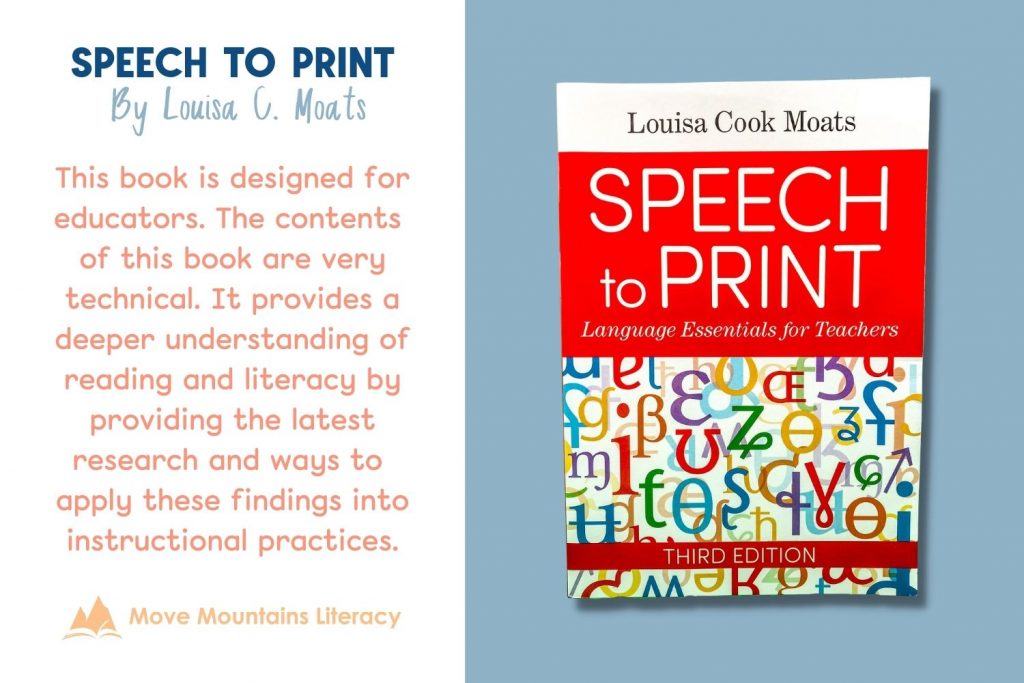
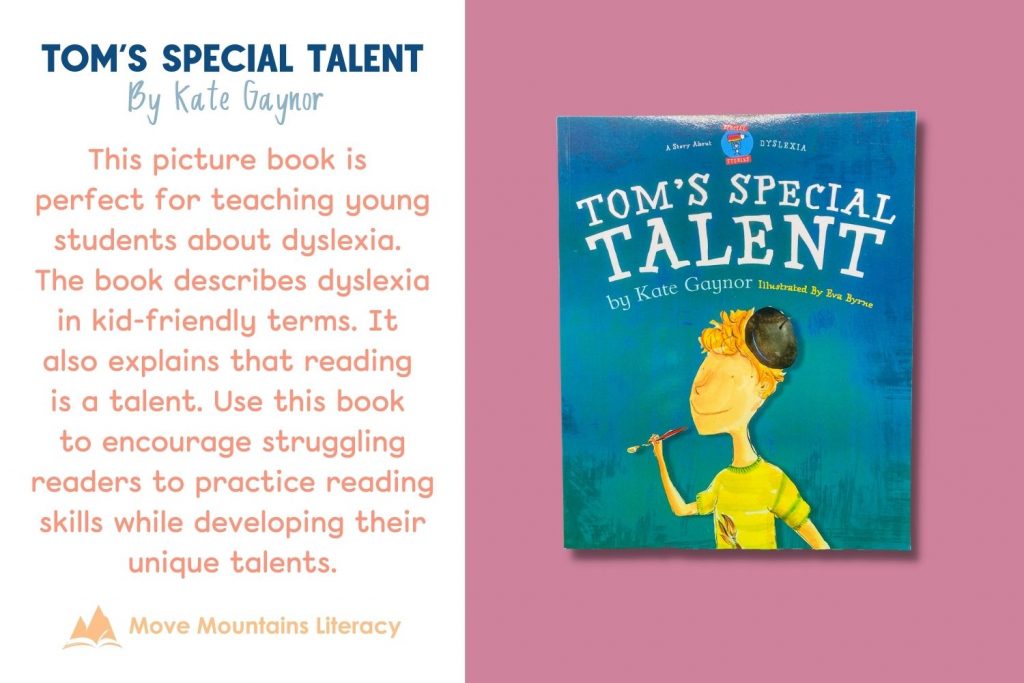
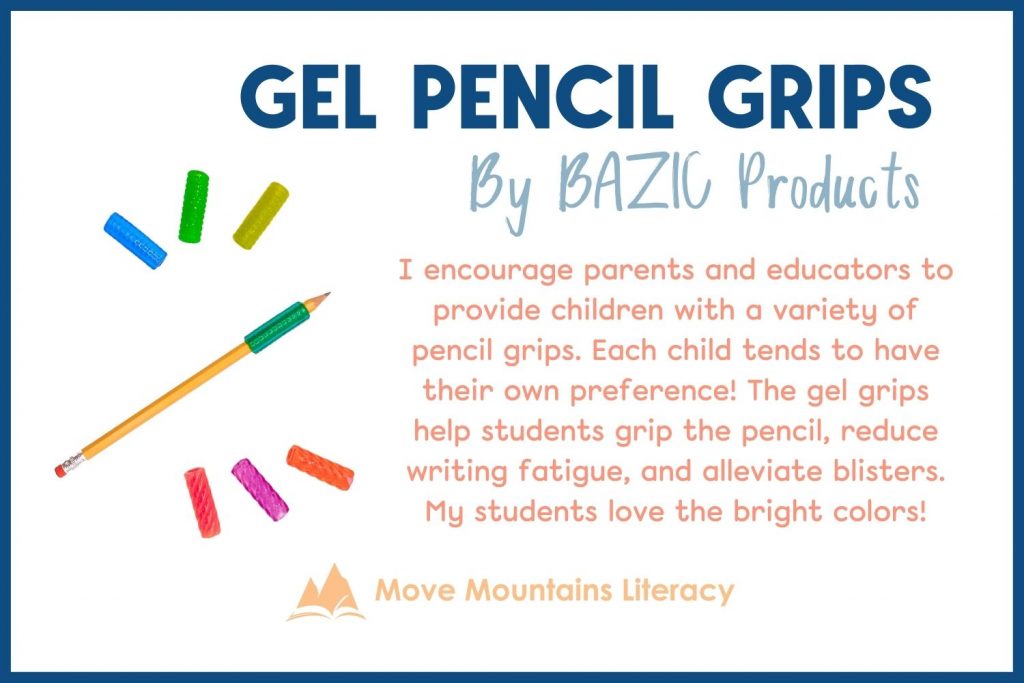
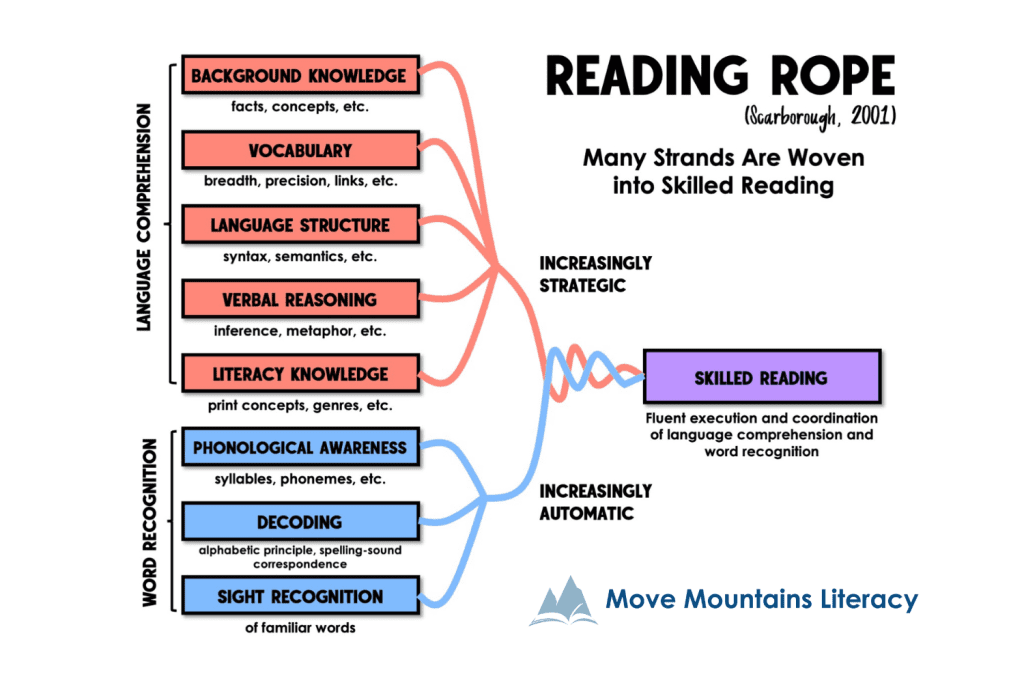


Hey Faren! Congratulations on this awesome curriculum/company. I only got to work with you for one year, but you were so much help to me when I began this dyslexia intervention journey. I am still loving this job. Just wanted to say hello.
Jaye